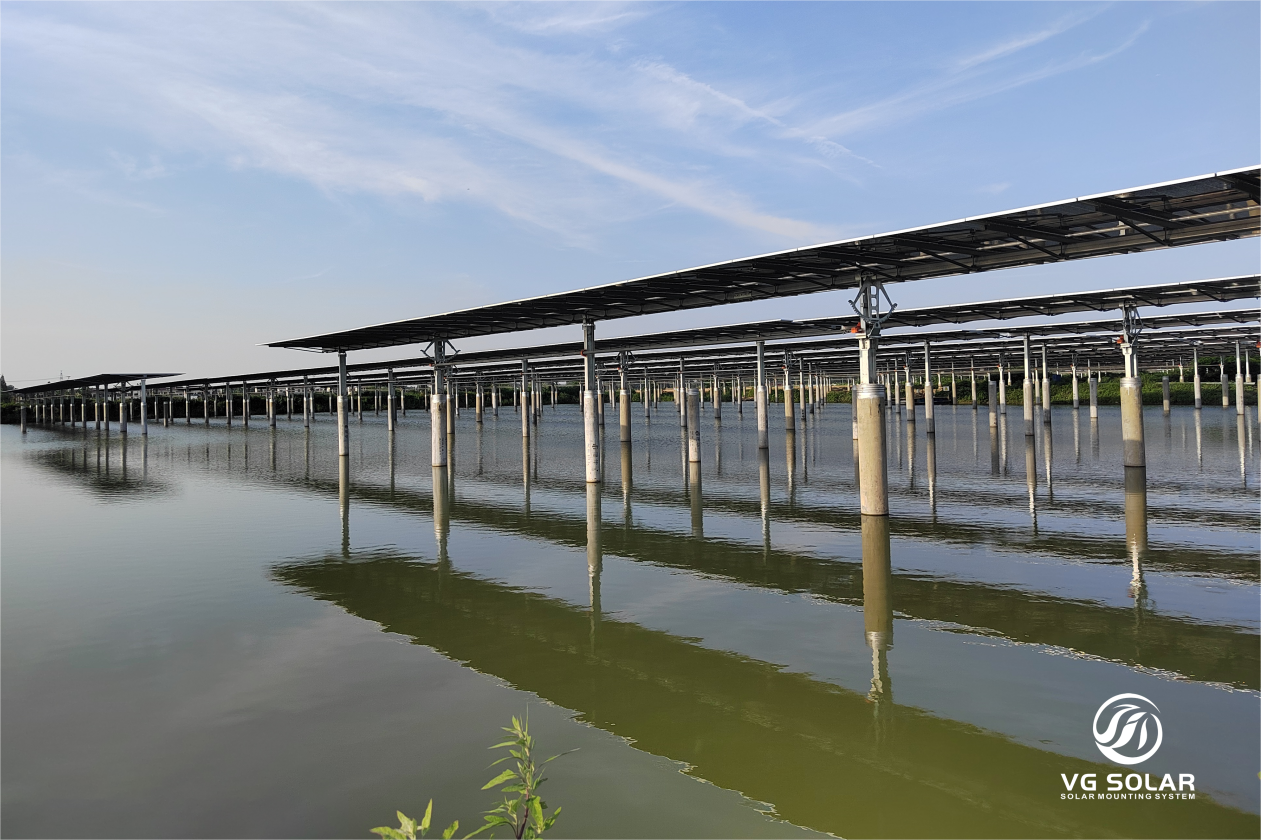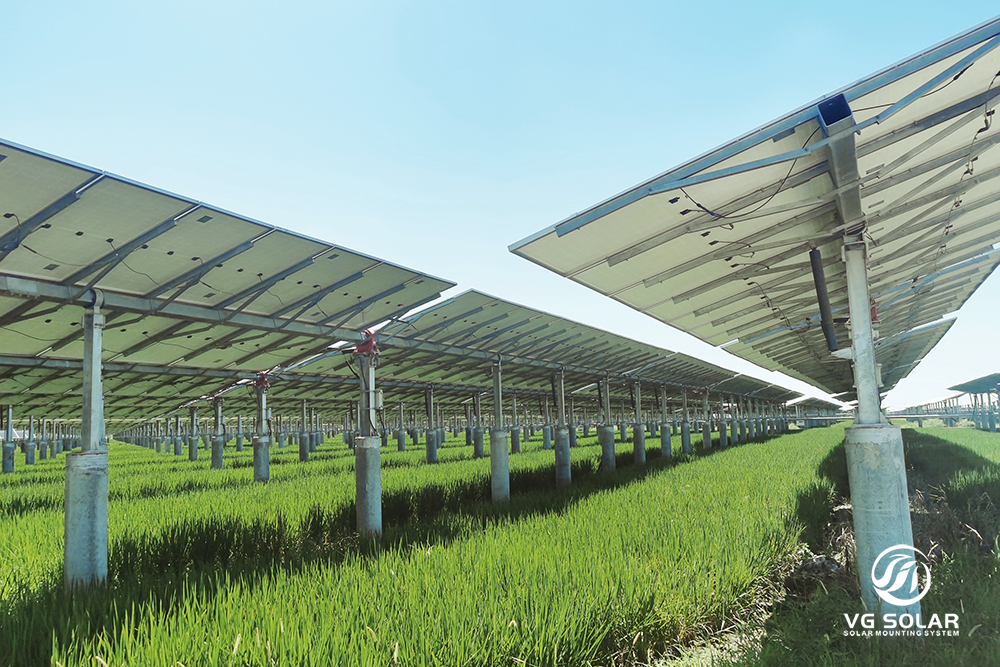In recent years, the technical content of photovoltaic tracking systems has improved significantly, increasing the power output and profitability of solar power plants. The integration of digital intelligence into these systems is revolutionising the way solar panels track sunlight, adapt to complex terrain and optimise energy output. This article takes an in-depth look at the latest developments in photovoltaic tracking technology and how they can increase power generation and profits.
Technological leaps in solar tracking
Photovoltaic tracking systems have come a long way from the simple sun-tracking mechanisms of the early days. Today's systems are equipped with advanced technology that allows them to track the sun's path with astonishing accuracy. At the heart of this transformation is the integration of digital intelligence, which significantly improves the efficiency and effectiveness of photovoltaic tracking systems.
Real-time sun tracking
One of the most significant advances in photovoltaic tracking systems is the ability to track sunlight in real time. Using digital intelligence, these systems can continuously monitor the position of the sun and adjust the orientation of the solar panels accordingly. This real-time tracking ensures that the panels are always positioned at the optimum angle to capture the maximum amount of sunlight throughout the day.

Adapting to complex terrain
Another key improvement in photovoltaic tracking systems is their ability to adapt to complex terrain. Traditional fixed-tilt solar panels often face challenges when installed on uneven or sloping surfaces, resulting in poor power generation. However, modern photovoltaic tracking systems, driven by digital intelligence, can dynamically adapt to different terrains. This adaptability ensures that solar panels maintain optimal orientation regardless of the terrain, maximising energy capture.
More power and higher profits
Continuous improvement in the technical content of photovoltaic tracking systems has a direct impact on power generation. By optimising the angle and orientation of solar panels in real time, these systems can significantly increase power generation. Increased power generation leads to increased profits for solar power plant operators.
Improve efficiency
Integrating digital intelligence into photovoltaic tracking systems improves energy harvesting efficiency. Traditional fixed-tilt systems often miss much of the available sunlight due to their static positioning. In contrast, intelligent tracking systems follow the sun's path throughout the day, ensuring that solar panels are always oriented to capture the maximum amount of sunlight. Increased efficiency leads to higher energy output and therefore greater financial returns.

Cost savings
As well as increasing energy production, advanced photovoltaic tracking systems can also help to reduce costs. By optimising the performance of solar panels, these systems reduce the need for additional panels to achieve the same energy output. Reduced hardware requirements mean lower installation and maintenance costs, further increasing the profitability of solar power plants.
The future of solar tracking
As the technical content of PV tracking systems continues to improve, the future prospects for solar power generation are expanding. Ongoing research and development efforts are focused on further enhancing the capabilities of these systems, including the integration of artificial intelligence and machine learning algorithms. These advances will enable PV tracking systems to make more precise adjustments, optimise energy capture and adapt to changing environmental conditions in real time.
In summary, the development of photovoltaic tracking systems, driven by the integration of digital intelligence, has revolutionised the solar industry. The ability to track sunlight in real time, adapt to complex terrain and optimise energy capture is resulting in increased power generation and higher profits for solar farm operators. As technology continues to advance, the future of solar tracking systems looks brighter than ever, promising greater efficiency and profitability for years to come.
Post time: Sep-20-2024
